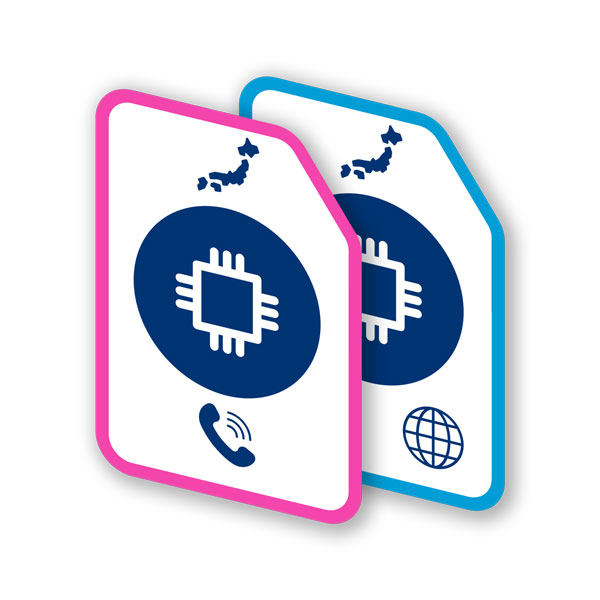Making Japan Travel Accessible for All
Japan is fast-becoming one of the best places on earth for accessible tourism, but arriving in a new country can still be a little daunting for anyone. Here's a handy guide to a hassle-free Japan experience!
Contents:
- When You Arrive In Japan
- Japan's Help Mark
- Blind or Visually Impaired Travellers
- Deaf or Hard-of-Hearing Travellers
- Neurodivergent Travellers (Autism, ADHD, Sensory Sensitivities)
- Chronic Illness, Fatigue, or Pain Conditions
- Allergies & Dietary Restrictions
- Emergency Preparedness
- Accessible Accommodation Tips
- Public Transportation Access
- Accessible Attractions
- Cultural & Social Etiquette
- Accessibility-Friendly Dining
- Tech & Getting the Most from Your Phone
When You Arrive in Japan
All of Japan's major airports provide multi-lingual assistance, step-free paths, and priority lanes for travellers with disabilities.
The airport you're landing at will have a map showing some useful spots to be aware of when you get into the Arrivals area, including disabled access bathrooms, accessible pick-up and drop-off points, and 'Calm down, cool down' spaces.
Here are some of the most useful terminal maps:
Haneda Airport T3 (International Arrivals)
Narita Airport T1 (Interactive Map)
Kansai Airport T1 (International Arrivals)
Fukuoka Airport International Terminal
New Chitose Airport International Terminal
Some airports have even more useful resources available - Haneda and Kansai airports both have dedicated pages for customers who require special assistance, and Narita has a separate list of 'universal design service facilities'.
Japan's Help Mark
For those of us whose needs are not immediately visible to the naked eye, Japan's 'Help Mark' is a simple way to signal to others that you may need support.


What is the help mark?
It's a simple, small plastic tag that you can wear on your clothes or attach to a bag or accessory. It shows others that you may need a little more assistance is certain situations - so don't be surprised if somebody offers you their subway seat if you have one! It also makes you easier to spot in the event of an evacuation.
How to get one
It's super easy to get a Help Mark - you don't need any paperwork and no proof is required. You can go to any of the many locations in Tokyo where Help Marks are available. Accessible Japan have a useful list of places where you can get one, but here are a few of the places you'll likely encounter in Tokyo:
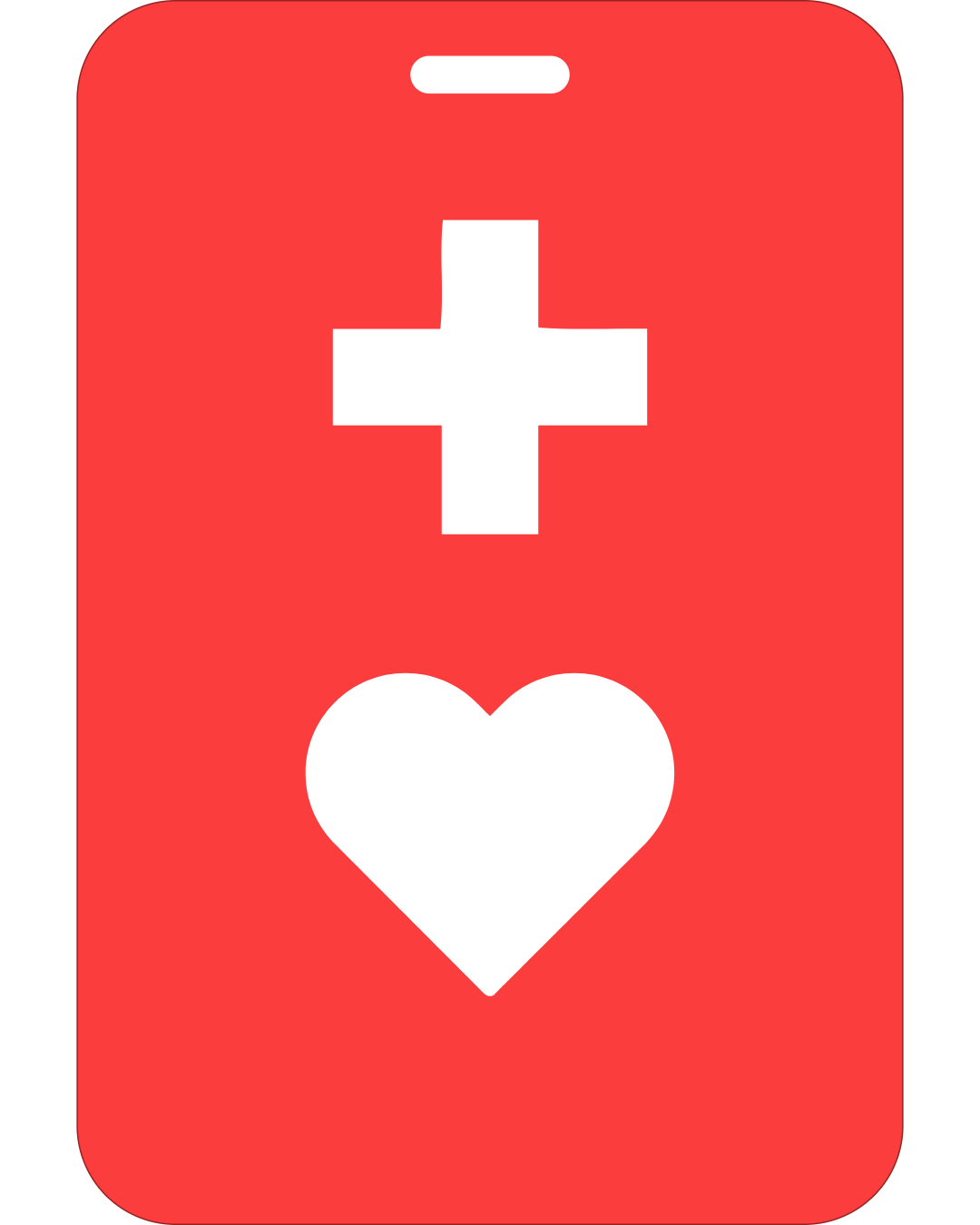
Almost All Toei Subway Stations
Help marks are available at all station offices on Toei lines, apart from Oshigage, Meguro, Shirokanedai, Shirokane Takanawa, ans Shinjuku. The Toei lines are the ones with the following symbols:


All Toei Bus Offices
These all stock Help Marks, so a quick search on Google Maps will guide you straight to your closest one!

Tama Monorail Stations
Help Marks are available at Chuo University/Meisei University, Kamikitadai, Tachikawa-kita, Tachikawa-minami, Takahatafudo, Tama Center, and Tamagawa-josui monorail stations. The Tama Monorail is the one with this symbol:
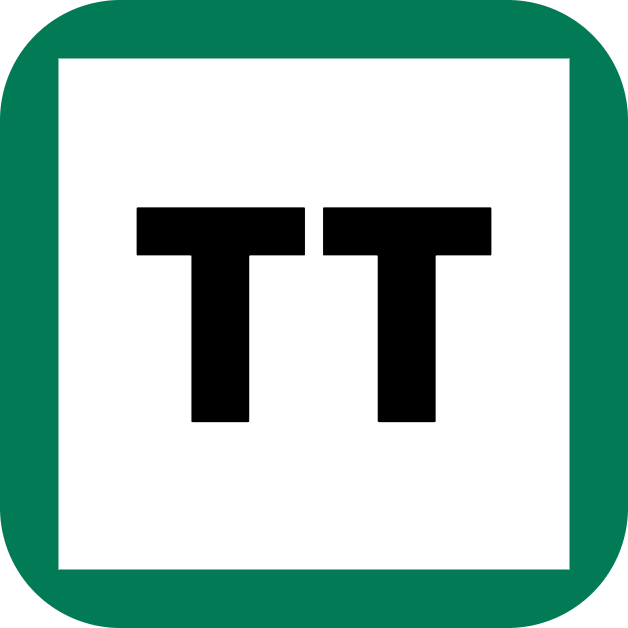
There are plenty more places around Tokyo where you can pick up a Help Mark. Head to the official Help Mark website to see them all!
Blind or Visually Impaired Travellers
Getting Around Getting Around Did you know that it was Japan that first pioneered tactile paving? These 'tenji blocks' can be found all over the country, providing visually impaired visitors with a simple warning of potential hazards, such as roads or subway lines. You'll find them at pedestrian crossings and at railway stations especially.


There are two main types of tenji blocks - Warning blocks, which alert hazards like the edge of a street, and Directional blocks, which act as a path to follow, guiding you towards crossings, for example.
You'll also hear plenty of audible clues as you navigate around Japan. Crosswalks, train stations, and even escalators often have audio alerts in Japanese, and sometimes English too.
Accessing Information
In central areas, many resturants will offer braille menus to visually impaired guests. Signs in key public buildings and transport hubs are often available to read in braille too.

Key Phrase
"Tenji menu arimasu ka?"
"Do you have a braille menu?
There are a few really helpful apps that can read Japanese text aloud in English, using your phone's camera to scan the text in front of you. Our favourites are Seeing AI, iOS VoiceOver, and Google Translate.
Deaf or Hard-of-Hearing Travellers
On the Move
Japan's rail and subway stations have displays that show all the key information (delays, platform changes, etc) clearly and in English. You'll see these in concourses, and on the platforms themselves.
Many travellers find it helpful to carry written communication cards that explain their needs in Japanese.
Another tip for for Deaf and Hard of Hearing tourists: Look for a hotel or railway line that use the Cotopat voice-to-text displays. The Cotopat screen helps tourists by
providing a real-time, visual communication aid that converts spoken language into on-screen text, illustrations, and videos. This eliminates the difficulty of
hearing conversations and facilitates smoother interactions with staff at hotels, train stations, and public counters where Cotopat is used.
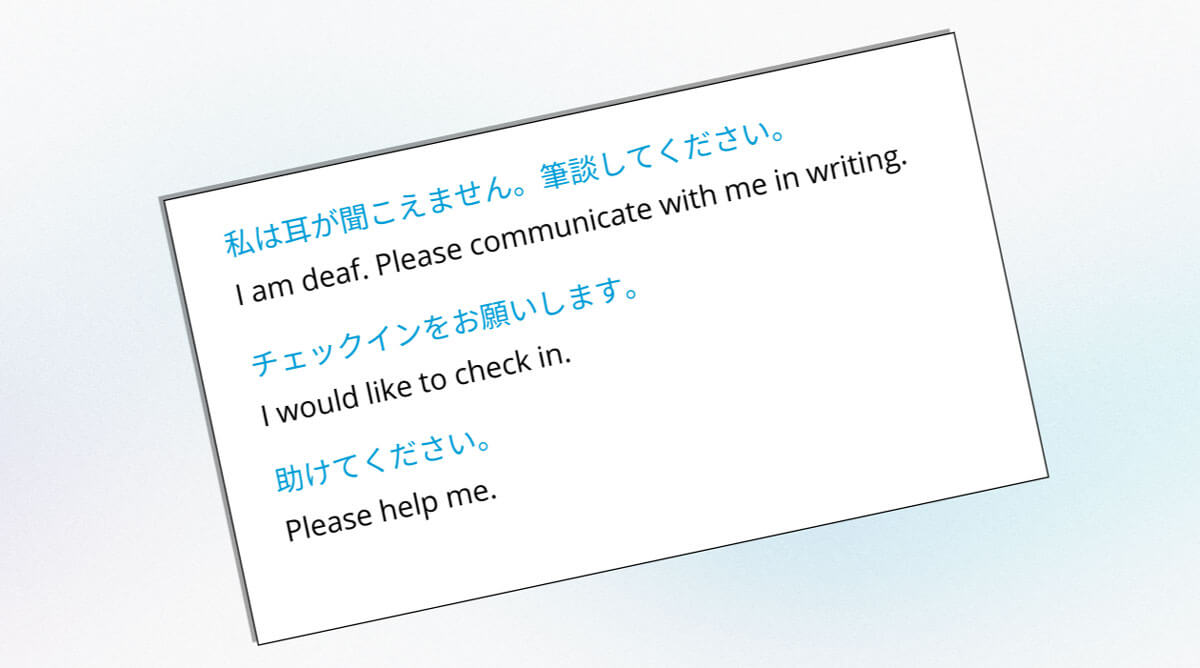

Communication
Many attractions in Japan offer sign-language guides with advance booking. However, it's worth remembering that Japanese Sign Language (JSL) is different to ASL or BSL.
For emergencies, video relay services can be quite limited to foreigners, so it's best to carry a text-based alternative, including details of your emergency contacts.
Neurodivergent Travellers (Autism, ADHD, Sensory Sensitivities)
It's easy for anyone to become overwhelmed in Japan, with Tokyo in particular being known for its sense of sensory overload. Many key sites including airports and larger train stations do include quiet rooms, however. You can find maps of the biggest airports above.
To avoid crowds, it's best to avoid the busiest times of day at particularly busy spots. Aim to travel between the hours of 10AM and 3PM, especially if you're going to a busy area like Shinjuku or Shibuya.


Many museums offer quiet or low-stimulation exhibits and quiet hours. It's always helpful to display a help mark (find out more about this above) to show that your needs might not be immediately visible.

Top Tip
Check out Accessible Japan to get even more in-depth advice on accessible travel in Japan
Chronic Illness, Fatigue, or Pain Conditions
Japan's biggest attractions are well equipped with rest areas and seating options, to help you take a break. If you need a little more help getting around, mobility aid rental services like Whill allow you to get some assistance in getting around. These can be delivered straight to your hotel, so it can be waiting for you when you arrive! Even better, you can use the offer code MOBAL to get 5% off!
If you're in need of a pharmacy, look out for the 薬 symbol (it means 'medicine'). It's usually prominently displayed on most drugstores.
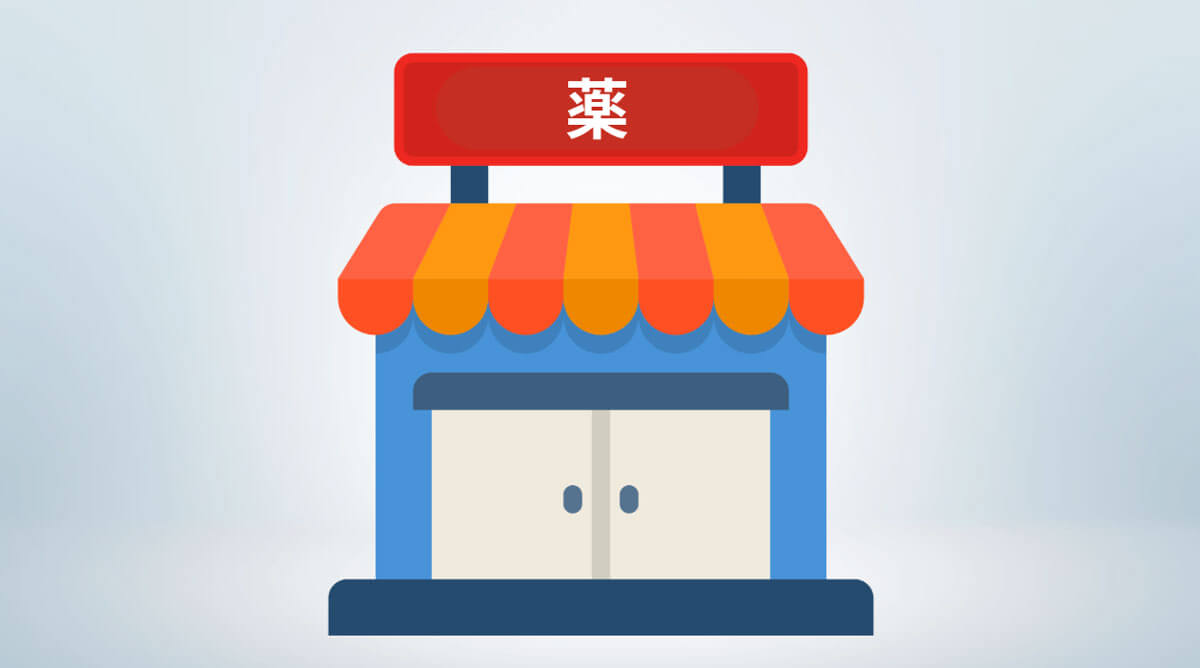


Key Phrase
"Itami-dome arimasu ka?"
"Do you have painkillers?"
Allergies & Dietary Restrictions
If you have specific dietary requirements, it's important to communicate that to the waiting staff or store before you eat.
The best way to make sure you don't get any nasty surprises is to carry a card stating "[Allergen] wa taberaremasen" (I cannot eat [allergen]).
For vegans and vegetarians, it's always best to check whether the food you're about to order contains fish or animal-based broth, as these are very common in Japanese cooking.


Emergency Preparedness
If you're staying in Japan for an extended period, make sure you register at the local city office, who will be able to assist you in case of disaster.
There are also a couple of apps that are well worth having on your phone:
- NHK World - English-language alerts
- Yurekuru call - Earthquake early warning app
Accessible Accommodation Tips
Before you book a place to stay in Japan, be sure to make sure the hotel offers any key features that will make your stay more pleasant. These could include roll-in showers, low beds, wide doorways, visual fire alarms, or vibrating alarm clocks. Be wary of budget hotel options or traditional ryokan - these often have very narrow hallways and stairs.
When you're making a booking, lots of sites including booking.com and Japanican allow you to make use of filters to only show hotels that meet your needs. This will be available while you make your search on the site.
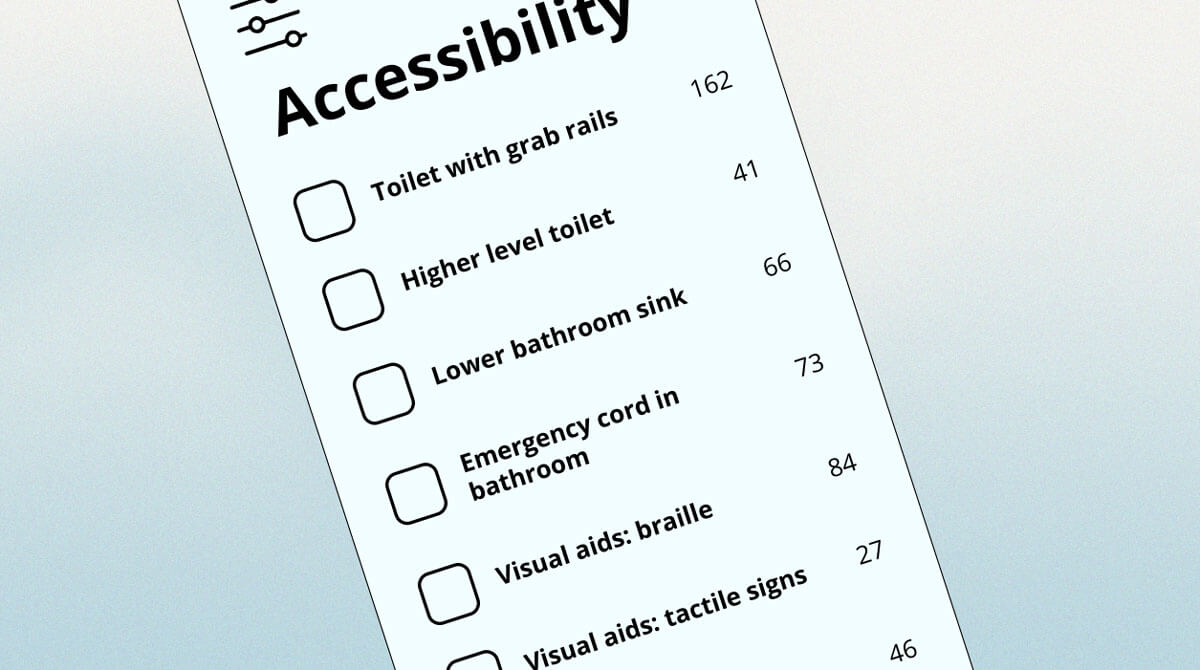


Top Tip
For wheelchair rental that's both easy to use and looks great, check out Whill - they can be delivered anywhere in Japan, even your hotel!
Public Transportation Access
Subway carriages in Tokyo have wider areas for easy access at each end of the carriage. The bullet train (shinkansen) has wheelchair spaces, but these must be booked 2+ days in advance.
Tokyo's subway works brilliantly with Google Maps. Not only does it show you the quietest carriages, and where to sit to get you closest to the nearest exit when you disembark, it also allows you to filter your travel plans by accessibility. Just be sure to select 'wheelchair accessible' in the route options.
In some stations, elevators can be hidden behind ticket gates. Ask the staff at the station if you need assistance in finding it.



Key Phrase
"Sumimasen, hojo onegaishimasu"
"Excuse me, I need assistance"
Accessible Attractions
Japan is full to the brim with amazing tourist hotspots, and many of them are accessible, or have accessibility features. Here are some of our favourites:
- Tokyo Disneyland - Excellent wheelchair access
- Kyoto's Kiyomizu-dera - Partial ramp and lift access
- Hiroshima Peace Memorial Museum - Fully accessible
There are also many step-free gardens, small art museums, and barrier-free cafes to enjoy. Japan has so much to offer!
For a great range of tours, be sure to check out Wheelchair Travel Japan. WTJ offer accessible private tours at some of Japan's top attractions, from gourmet experiences to sight-seeing trips. They even offer hotel and airport transfers, so for a great time in Japan, they're definitely worth checking out. Another option for those looking for accessible tours in Japan is Welhire, who offer tailor-made trips for travellers with physical disabilities. They offer 10% off their services if you mention Mobal when you book.
Cultural & Social Etiquette
The people of Japan are world-renowned for their courtesy and hospitality, so you can expect the vast majority of people to be more than happy to help.

Key Phrase
"Sumimasen"
"Excuse me"
In crowded environments, having a visible mobility aid helps others to see that you need space. If your needs aren't immediately visible, a Help Mark can be a very useful way of signalling to others that you may need a little extra support.
Accessibility-Friendly Dining
There are plenty of ways to sample the very best of Japanese cuisine while you're in Japan. Like accommodation, restaurant reservations are now largely online, which means that you can make use of filters on sites like WheeLog! to make sure that you're booking somewhere that's barrier free.
For Tatami rooms, it's often possible to ask for a chair rather than floor seating, so there's no need to miss out on that perfect matcha ceremony.
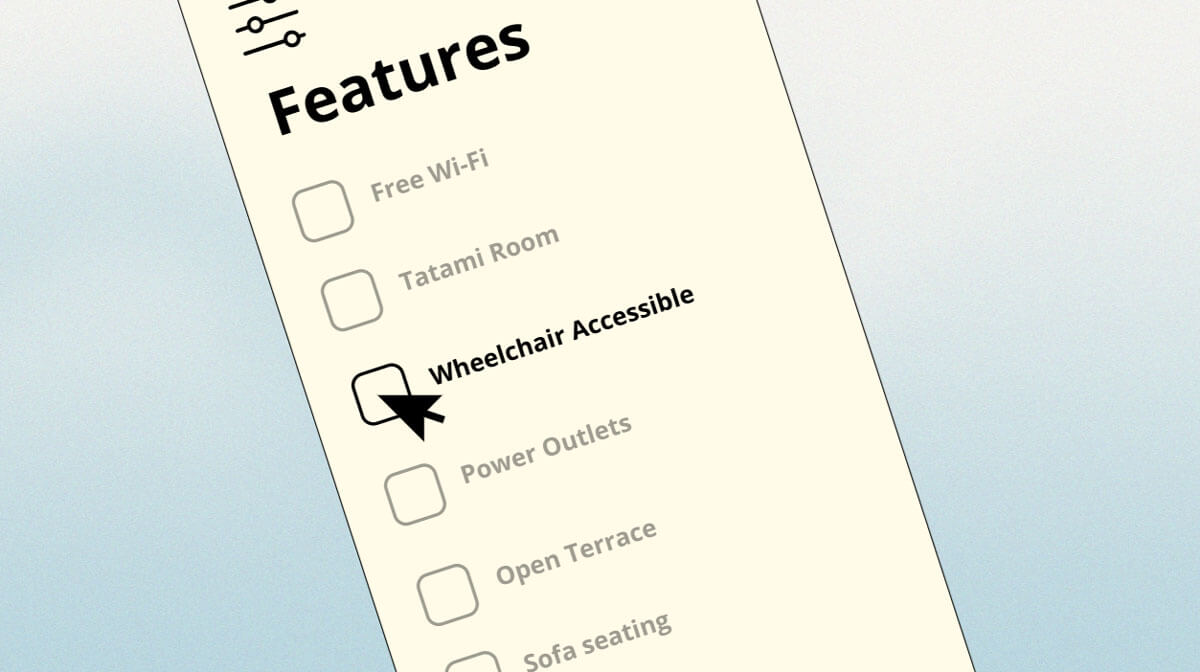


Top Tip
For even more great advice, check outt Tabifolk - it's a wordwide service, but their Japan section is particularly good!
Tech & Getting the Most from Your Phone
From navigation to translation, your phone is going to be your biggest helping hand while you're in Japan. Here are some of the key apps we've mentioned already, plus some extras!
| Navigation |
Google Maps
Best for easy accessible filters and public transport Japan Travel by NAVITIME Filters for barrier-free routes |
| Translation |
Google Translate For quick camera-based actions VoiceTra Free government translation app VoiceTra Free government translation app Seeing AI For reading signs and menus iOS VoiceOver For reading Japanese text aloud in English |
| Disaster Alerts | NHK World News and English language alerts Yurekuru call Earthquake early warning app |
| Food & Hotels | Booking.com For easy hotel searches with accessibility filters Tabelog Restaurant bookings with wheelchair-accessible filter |
Why a Japanese Phone Number is Essential
Things like booking restaurants, hotels and tickets is far easier if you have a Japanese phone number to enter into the booking form. You'll also often need one to get SMS codes to authenticate useful apps, like the kind you'd use for booking taxis or ordering food for delivery.
Mobal is the only SIM/eSIM provider that offer Japanese phone numbers to tourists, and offer native-English support. Check Mobal out to get a Japanese phone number for your trip.
